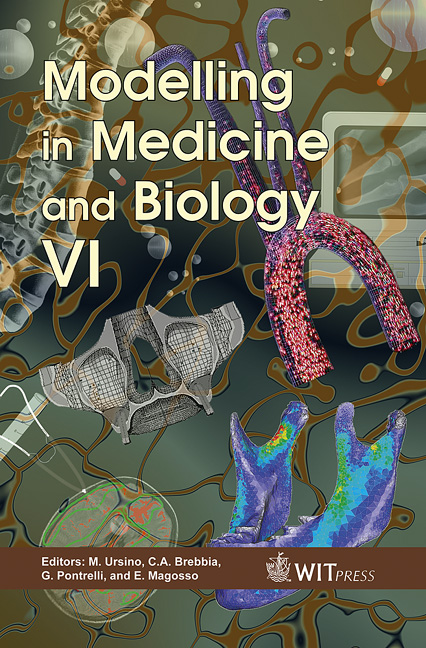The Pressure Generated During The Insertion Of An Intramedullary Device: Experiments And Numerical Modeling
Price
Free (open access)
Transaction
Volume
8
Pages
8
Published
2005
Size
681 kb
Paper DOI
10.2495/BIO050251
Copyright
WIT Press
Author(s)
D. Dobrjanski, O. Gaber, Z. Saghir, K. Behdinan, P. Zalzal, J. de Beer & M. Papini
Abstract
During the orthopaedic procedures of total knee arthroplasty (TKA) and total hip arthroplasty (THA), it is often necessary to hammer an intramedullary device into the femur. This action is thought to create high pressures in the intramedullary canal, and may result in the release of fat emboli into the cardiovascular system. This work presents measured intramedullary pressures generated during hammering of an intramedullary device into a simulated femur geometry consisting of a tube of porous open-cell plastic with the same porosity and pore size as femoral cortical bone. The experimental results were found to be, on average, approximately 20% lower than those predicted by a computational fluid dynamics (CFD) model of the insertion process. Based on this, we conclude that it is reasonable to use CFD models to predict intramedullary pressures resulting from orthopaedic procedures that breach the intramedullary canal. As far as the authors know, this is the first attempt to use CFD modeling to study a problem of this type. Keywords: fat embolism, intramedullary cavity, intramedullary nailing, intramedullary stem, computational fluid dynamics, femur.
Keywords
fat embolism, intramedullary cavity, intramedullary nailing, intramedullary stem, computational fluid dynamics, femur.





